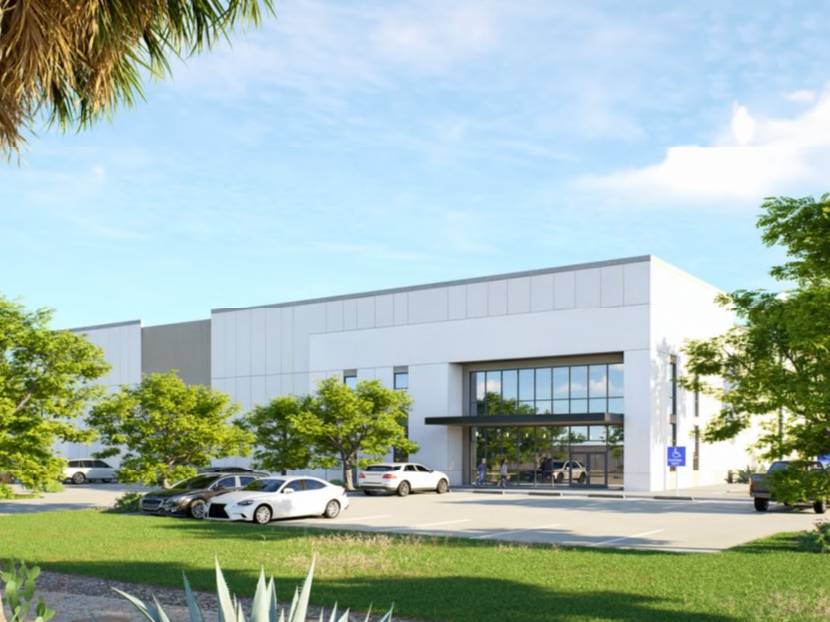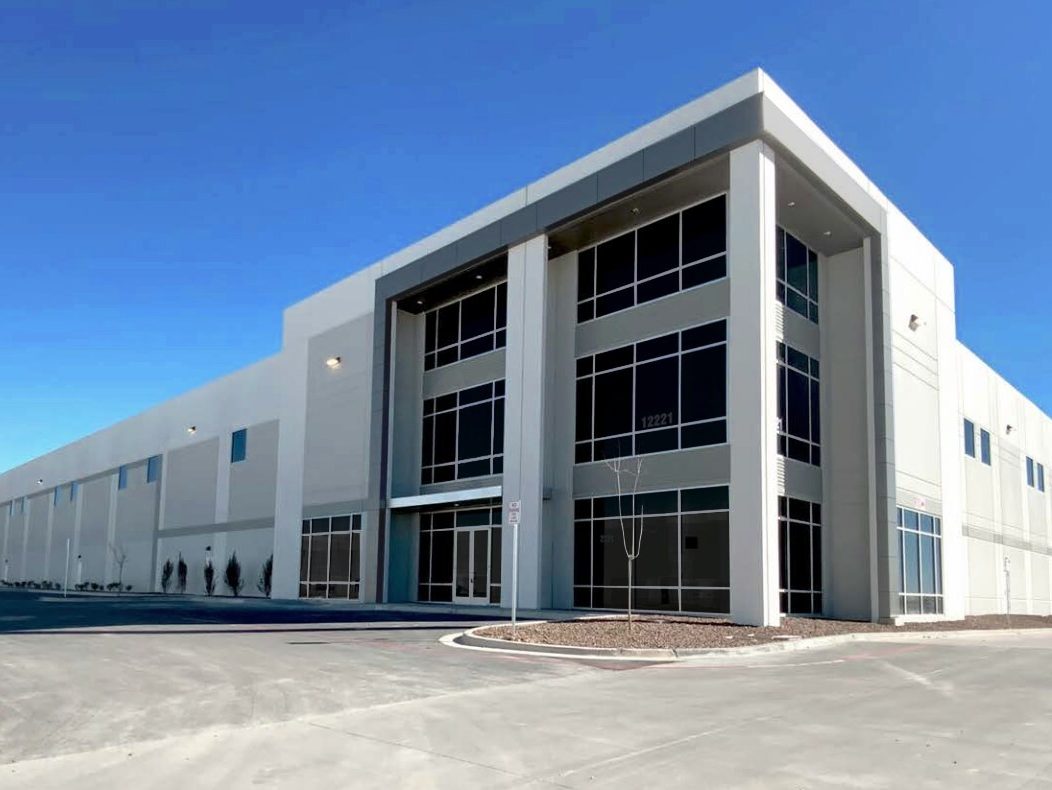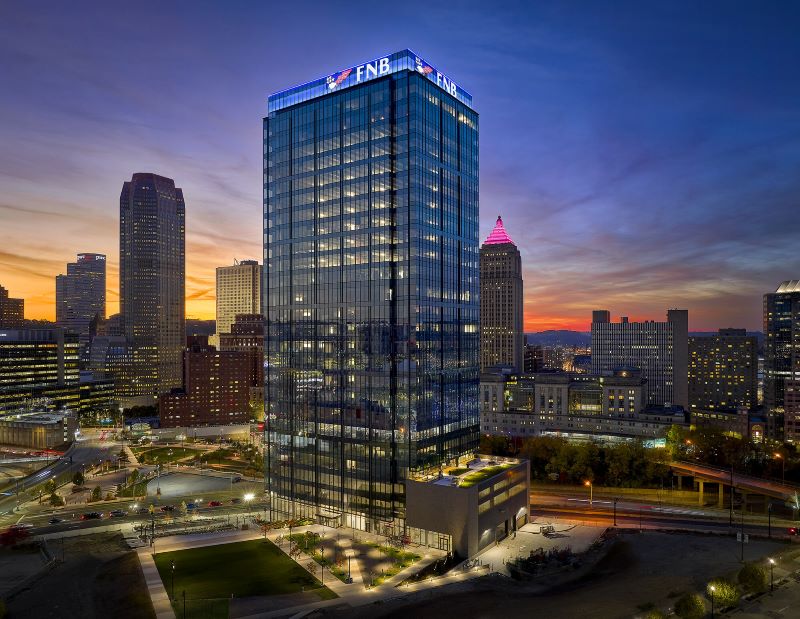Retail’s Challenge
Creativity. Innovation. Reinvention. These are popular buzzwords today. And perhaps no sector has proven their value better than retail.
By Suzann D. Silverman, Editorial Director

Editorial Director Suzann D. Silverman
Creativity. Innovation. Reinvention. These are popular buzzwords today. And perhaps no sector has proven their value better than retail. Long beleaguered by overexpansion and beset by competition from online shopping, retailers as a group have struggled to survive, never mind thrive. This year promises to be more challenging than ever, with Credit Suisse recently predicting a sharp uptick in store closures over last year and even more than the previous high point in 2008. But some categories have performed better than others, and individual retailers have achieved success while their competitors failed. Those that have risen above the fray have rethought their strategies, incorporating omnichanneling, introducing new concepts, changing their footprints and otherwise thinking out of the proverbial box to attract customers and reignite loyalties.
In the face of so much change and uncertainty, retail property owners have likewise been challenged to alter their approach in order to fill their shopping centers, lifestyle centers and malls. Vacated department stores have given way to entertainment- and activity-centered anchors, as well as subdivided space to accommodate today’s preferred smaller restaurants and stores. Incorporation of non-traditional occupants has evolved to include such innovations as grocery stores and other necessity providers in malls. And larger trends like walking to work and live-work-play environments are creating a broader mix of uses than ever before—think apartments in lifestyle centers.
RocaPoint Partners, for instance, is developing a $350 million mixed-use village outside Atlanta and seeking tenants that will provide interactive retail, a connection to the community and “a new type of experience that other tenants aren’t offering,” outlined principal Phil Mays in a recent CPE Viewpoint.
“We’ve seen evidence that consumers everywhere want the same things: vibrant, local, unique, exciting shopping and dining experiences,” he wrote. “We’re finding that whether you’re in town or 30 miles north of Atlanta, consumers are demanding the same quality, amenities and service that are offered from retailers and restaurants in the city.”
Such perspectives, plus controlled development to match demand, are paying off for the retail property sector. Marcus & Millichap anticipates 81 million square feet of net absorption this year, which should take the national vacancy rate down to its lowest level in 16 years. Kudos to the innovators for this solid performance, for of course there are plenty of retail centers that are not performing well. In fact, investors are still largely holding off, waiting to see how the market performs, although Marcus & Millichap reported both pricing and cap rates above pre-recession levels. And indications are that more buyers are poised to snap up well-performing centers in strong locations later in the year.
The key to success, though, will be what they do with those centers once they acquire them. The gauntlet has been thrown down. The field is not likely to grow less intimidating.
Originally appearing in the May 2017 issue of CPE.








You must be logged in to post a comment.